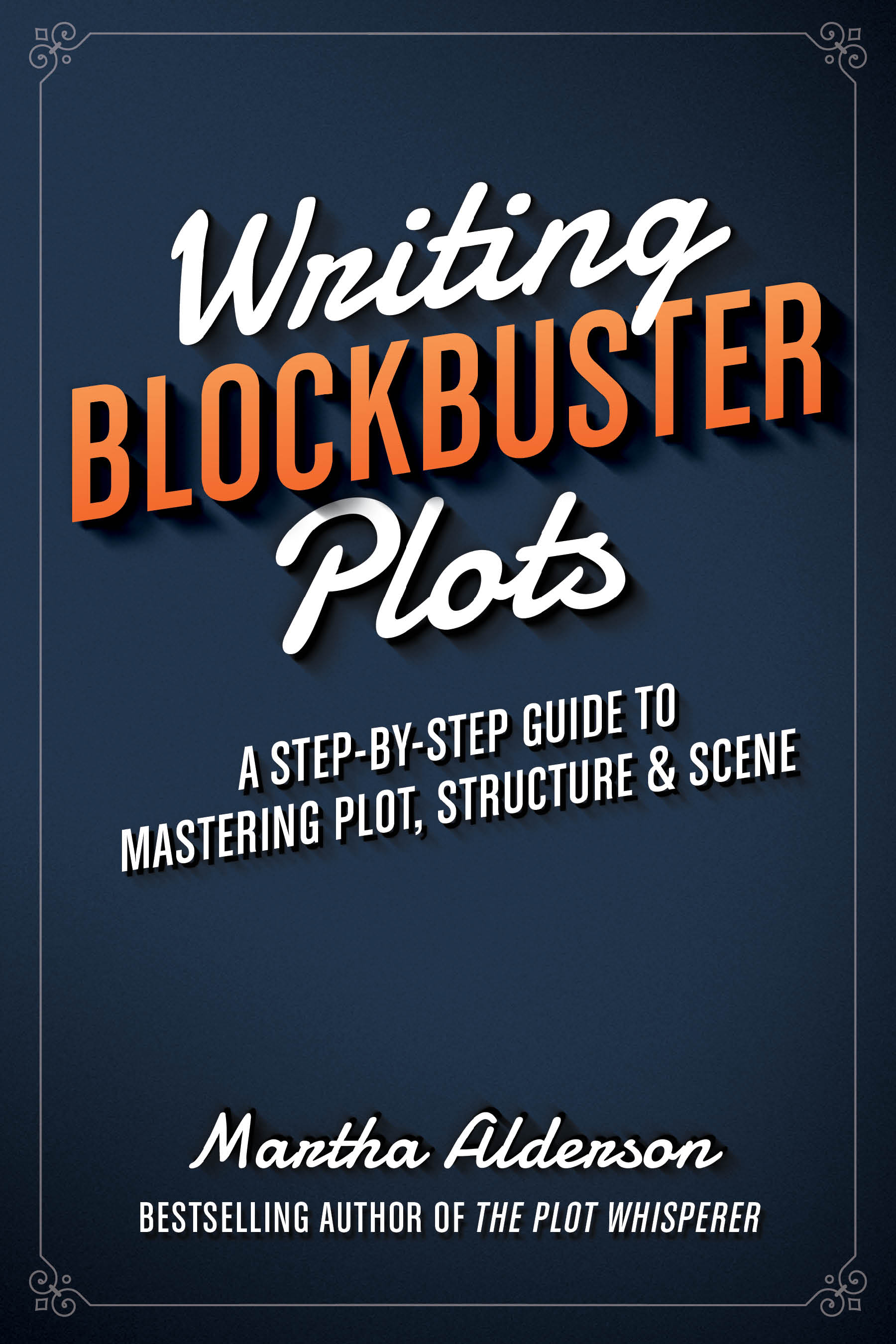I’ve been writing plot books for writers for twelve years. Twelve is a powerful number in our everyday lives. We divide the year into 12 months. Day is 12 hours. Night is 12 hours. Come to find out, to many, the number 12 symbolizes “the completed cycle of experience.”
A completed cycle of experience, finishing and writing “the end”, letting go, the realization of a goal, the recognition of an accomplishment is exactly how I’ve been feeling since early April when Writing Blockbuster Plots came out by Writers Digest — the expanded and improved version of the first plot book I wrote and published exactly 12 years ago.
In revising and improving WBP for publication, I stumbled across an example I used from a novel I was currently working on at the time. The release of WBP has sent me on quite the personal journey. That I completed one cycle gave me the inspiration to complete another, bring a sense of closure and publish that novel now — 12 years later.
Writing about finishing and coming to an end, Step 6 of How to Refine Your Novel: Plot at the Word Level, is all about beginning and ending a scene.
Step 6
Beginnings
In writing a first draft, I’ve found from my own writing and working with countless writers that we all take time to warm up, both at the beginning of a story and often times at the beginning of scenes, especially so important turning point scenes. Warming up is fine, in the first couple of drafts. Writing pages allows you to explore the character, experiment with ideas and ease into writing the actual intense dramatic action core of the scenes.
Now in our refinement stage, time to pare back to the essential elements only. Evaluate what at the beginning of each scene could be cut without hurting the overall impact of the scene. How can you jump more quickly or actually begin in the middle of the excitement, tension, confusion, chaos or whatever else lies at the heart of each scene.
As we write in Writing Deep Scenes:
Scenes don’t so much begin as launch—often in the midst of an event or activity. That is to say, you need not start scenes with an explanation or exposition but simply with an entrance into the action. Then, by following a character’s goals and desires, you walk your reader through a setting—preferably in a way that shows the protagonist interacting with it, not just observing it—employing the character’s sensory perceptions, introducing his conflict and relationship with inner and outer antagonists and allies, and building the character to a high or low point.
Endings
As we write in Writing Deep Scenes:
If you’ve never thought much about the shape of a scene, consider it a self-contained ministory with a rising energy that builds to an epiphany, a discovery, an admission, an understanding, or an experience. The reader should feel as though every scene has purpose, deepens character, drives the story forward, and ends in such a way that he just has to know what happens next.
Never leave the reader too satisfied at the end of a scene; she must want to keep reading to find out what happens next.
Your scenes can end on a high note (a small victory for your character) or a low note (a moment of cliff-hanging suspense or uncertainty). It doesn’t matter which way it goes so long as each scene concludes by setting up future conflicts for the character(s) and creating a yearning to know what happens next in the readers.

 How to Refine Your Novel: Plot at the Word Level
How to Refine Your Novel: Plot at the Word Level
Follow Me!